1) Create a tactile interface in a small form factor that can be used in conjunction with a smartphone.
2)A Smartphone based Braille trainer.
The intention is to create a better interface for a smartphone for the visually challenged.
The secondary goals are:
1) Opensource Electronics
2) Cost effective BOM
3)3D Printintable design
 Vijay
Vijay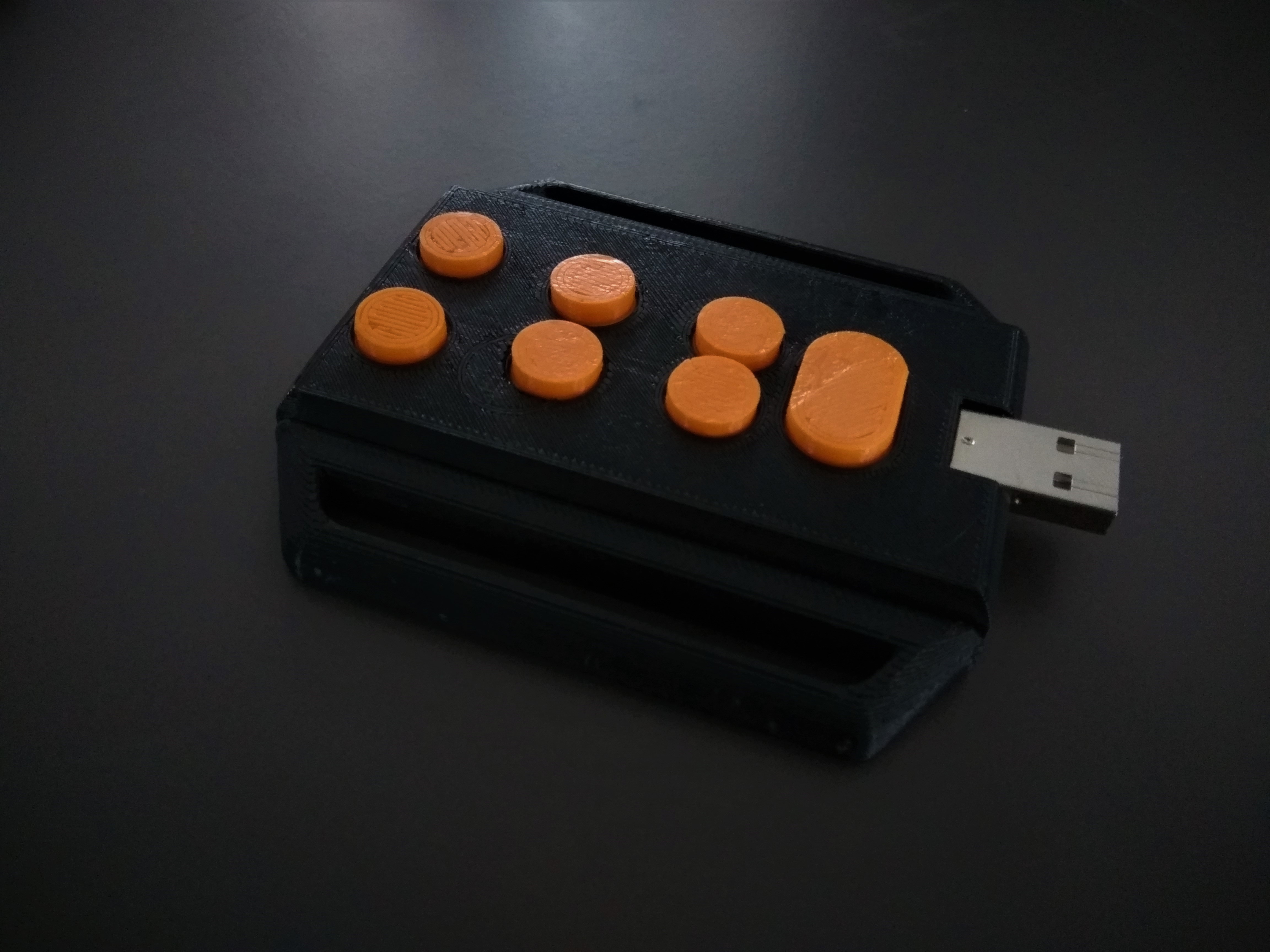
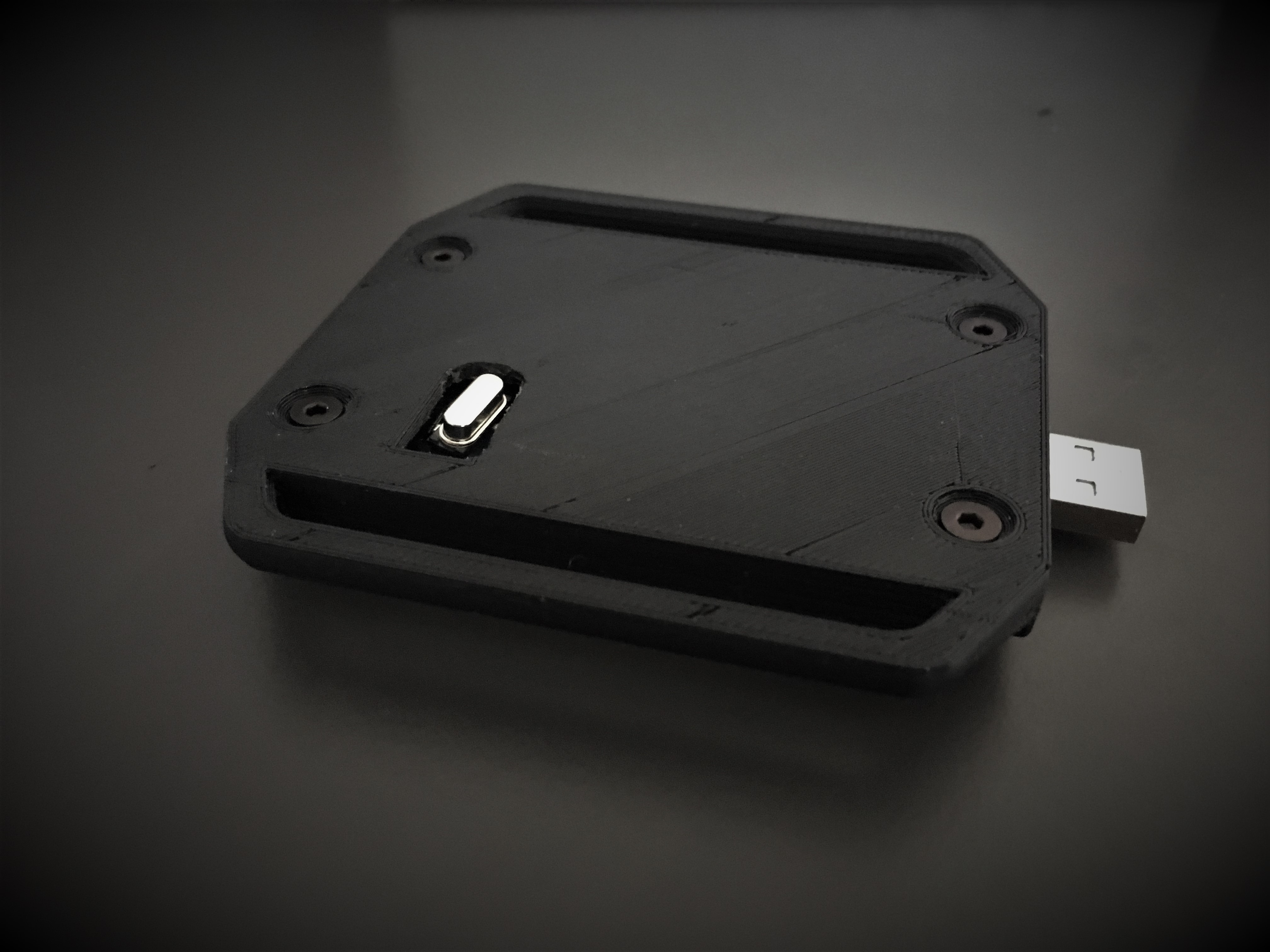
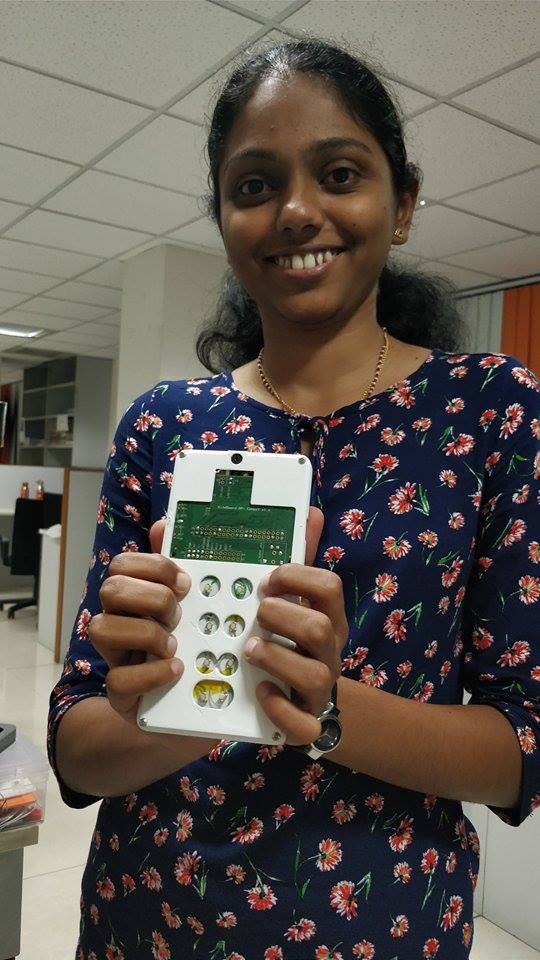
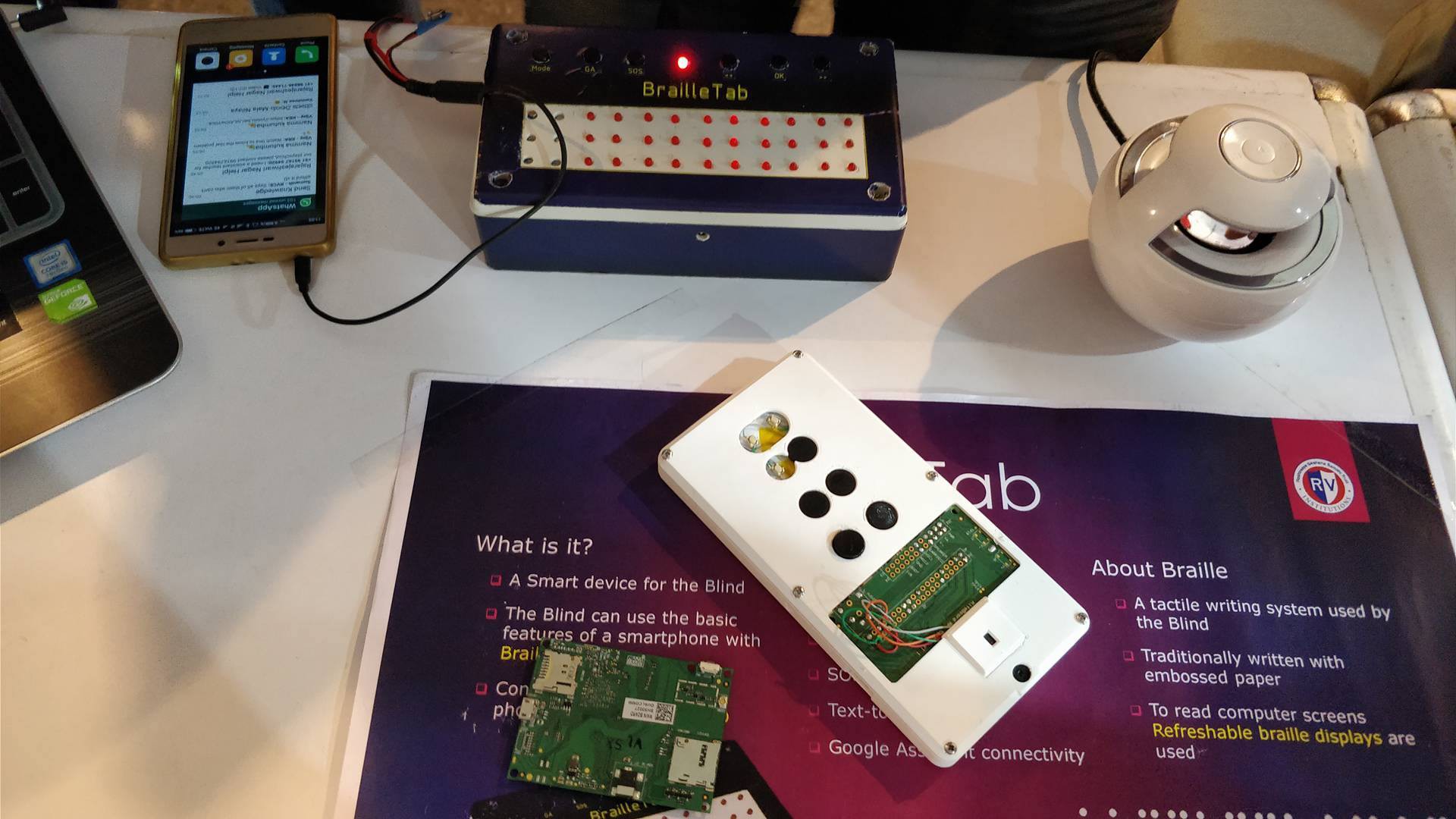
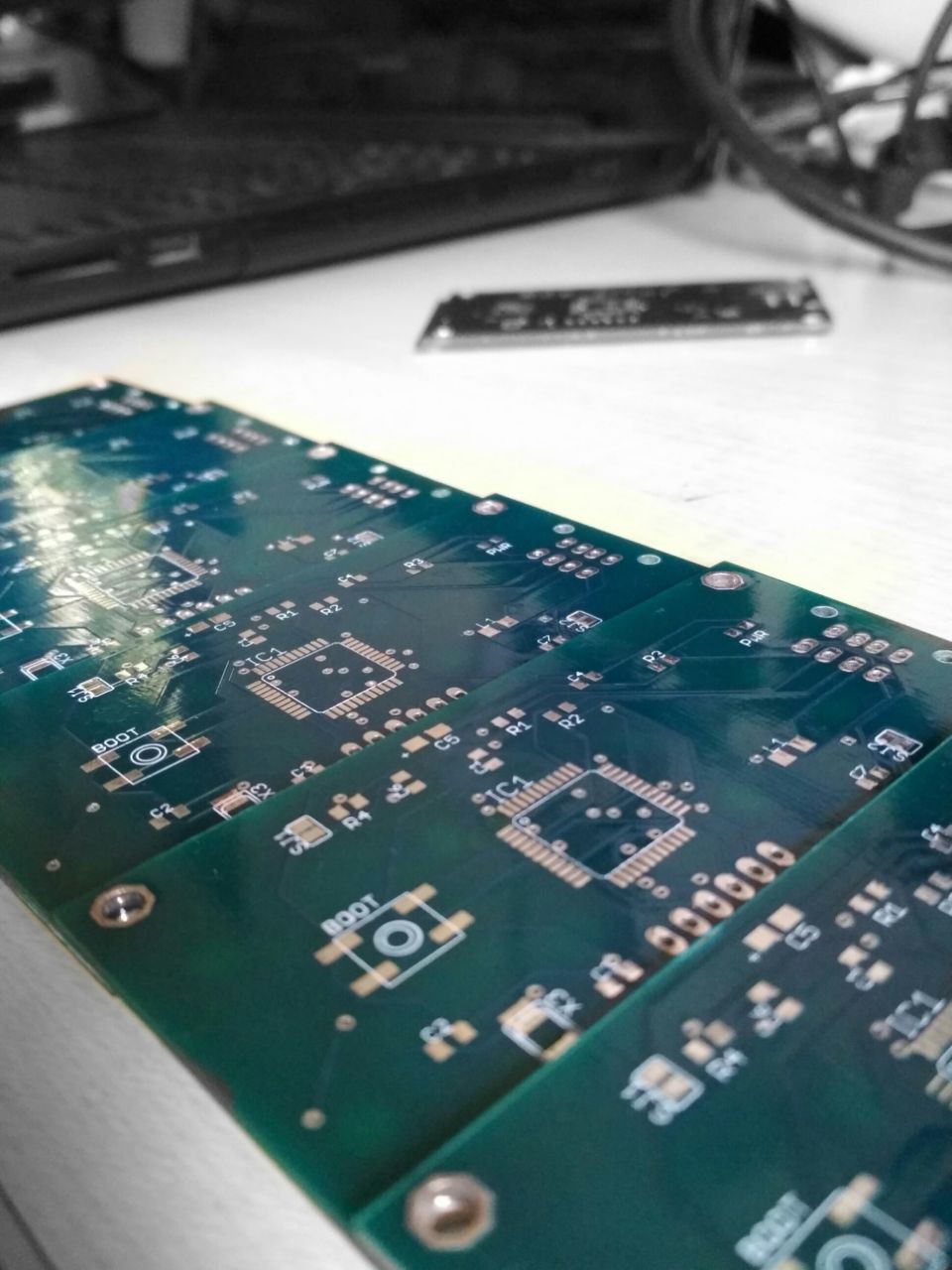
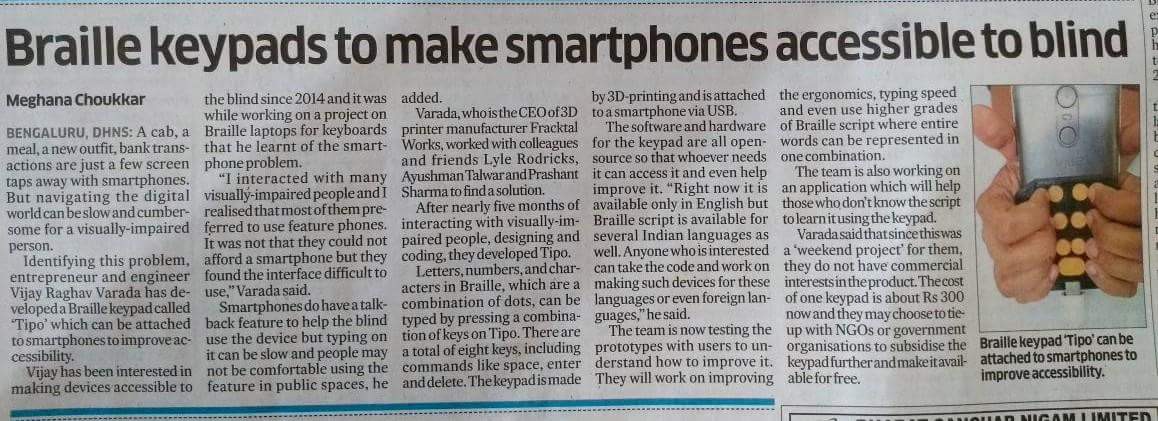

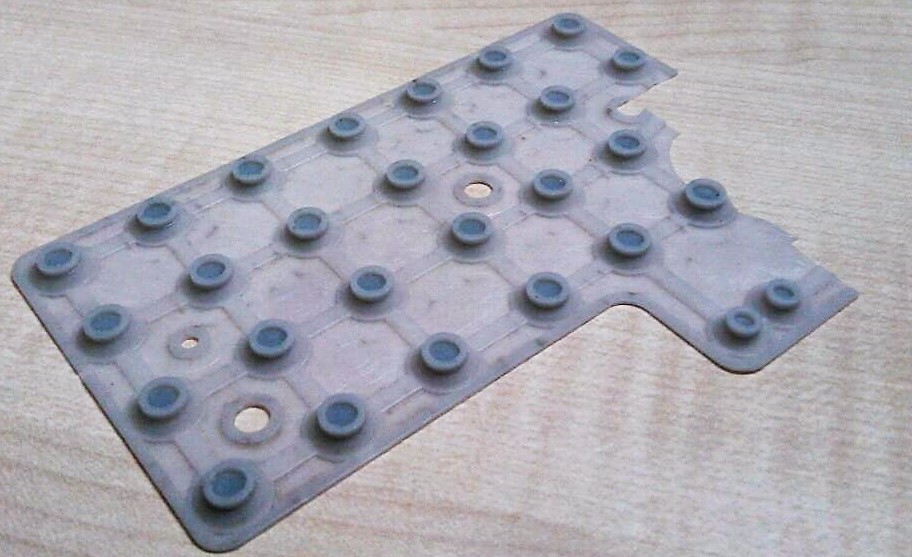
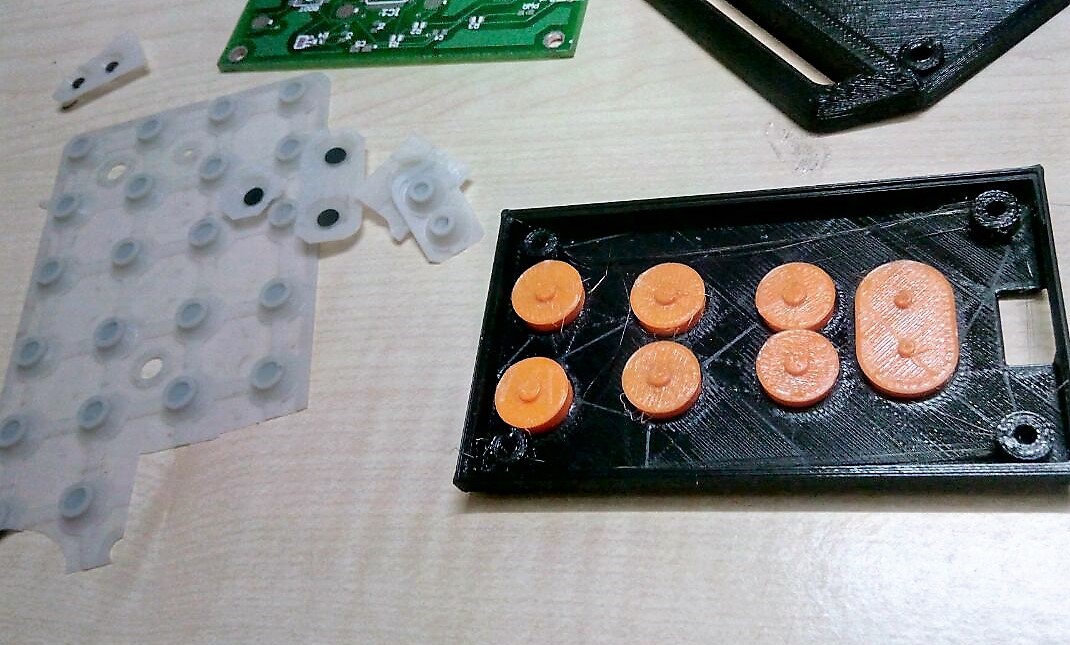
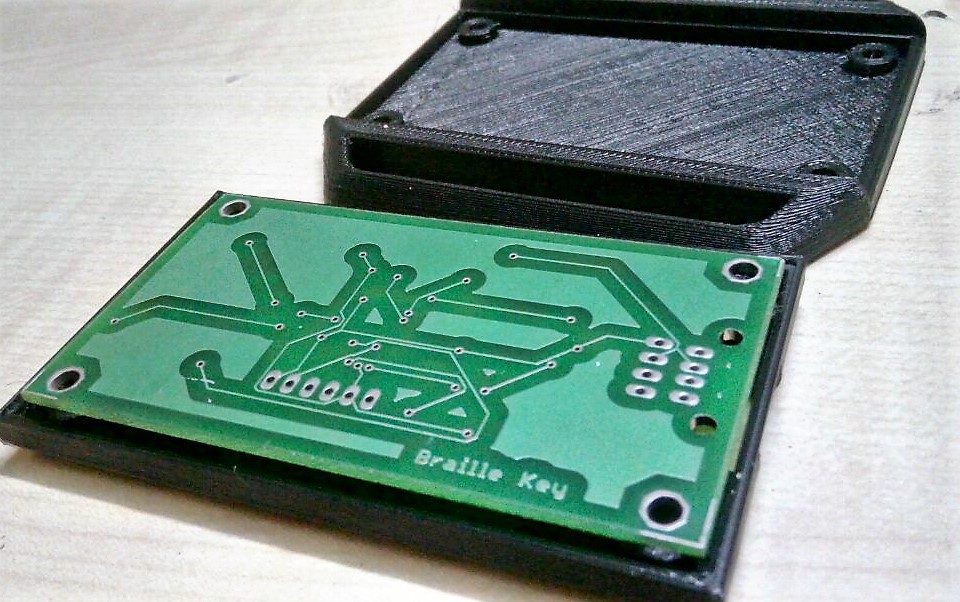
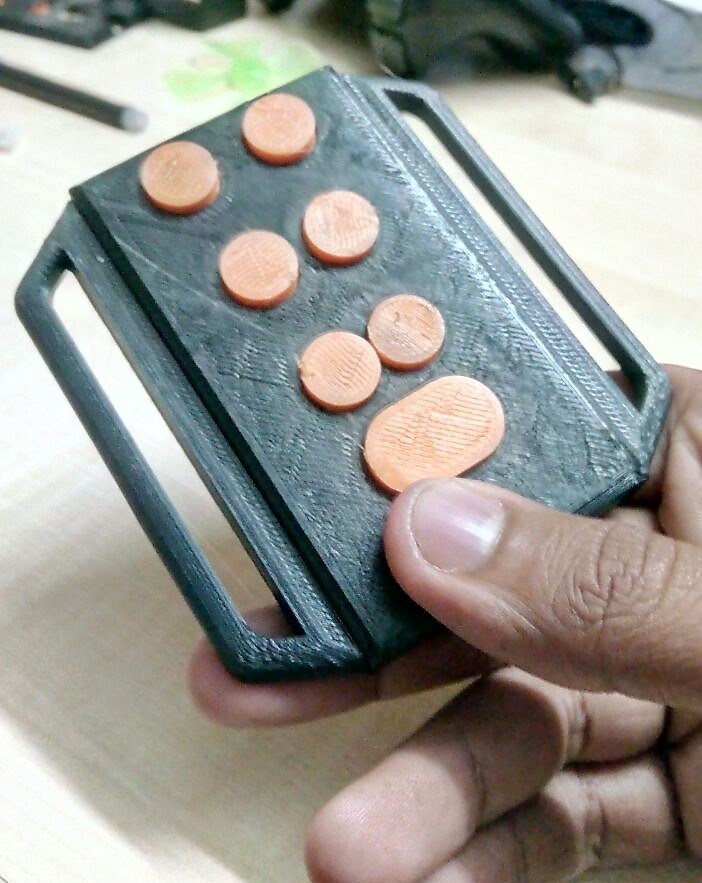
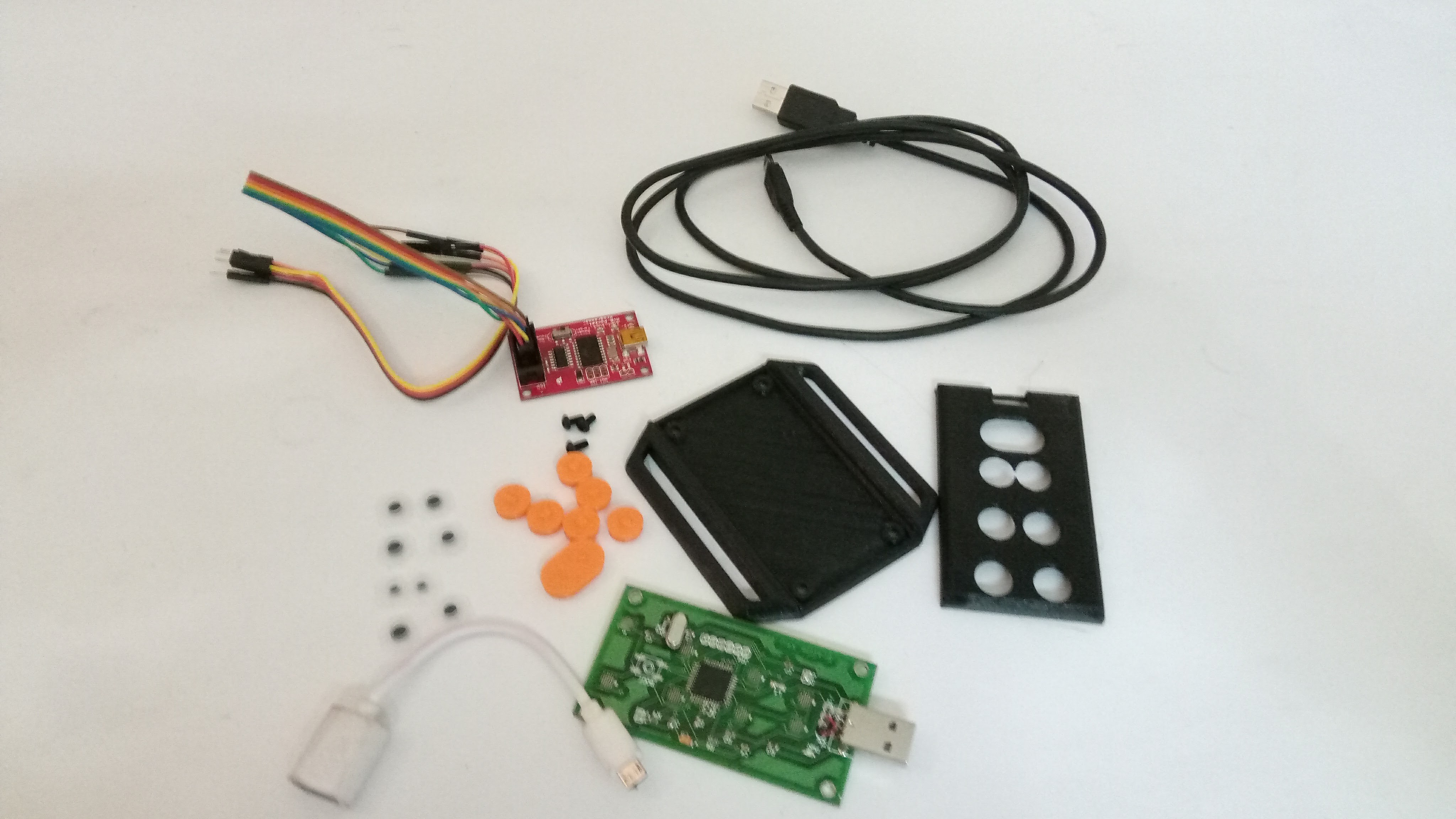
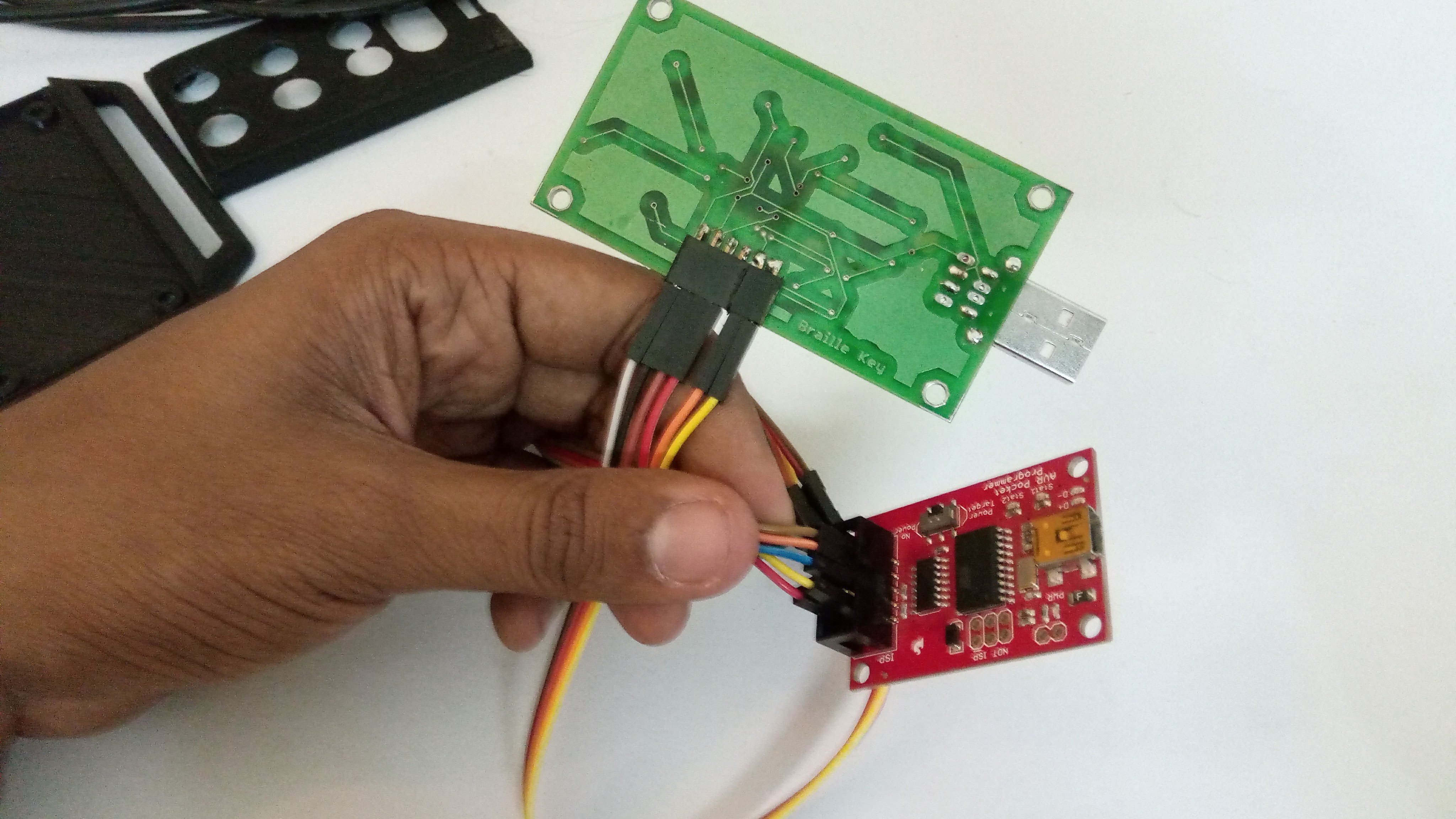
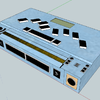


help me to develop low-cost braille display
Of 40 million blind people in the world, only 10% can read and write braille.
One of the primary reason for this is because braille hasn't yet found its jogging in the digital era, due to the sheer cost of such devices, as well as the affordability matrix of the visually impaired.
Low-cost braille displays have been sought after for quite a while with no avail.
Commercially available braille displays employ peizo-electric actuated pins, which are very expensive.
Due to the sheer expense of braille technology, and the scarce availability of books in braille, the medium is slowly falling out of favor. But many agree that braille literacy is paramount for the empowerment of the blind for education and employment.
It's amazing how expensive assistive technology is. A small flagil braille display costs more than $ 1,200 USD and a good quality one goes from $ 3,000 to $ 6,000. That is why I am developing an open source project. This is by no means a finished product. Being an open source project, I hope others will improve the design. In the near future, with the help of volunteers, Brailletouch will reduce the cost of a braille display by 90% and allow anyone who is visually impaired or deafblind to read and write braille, as well as use a computer or mobile device efficiently. and without noise. So if you know someone, if you are a creator, if you are curious or if you want to help, feel free to enter our repository https://github.com/brailletouch/Brailletouch and help me build a community around Brailletouch.
The encoder is practically the heart of the braille display. Most commercial braille displays have 40 or 80 braille cells. Since the most expensive on a braille display is braille cells, which cost more than $ 35 each, we are designing a new form of braille display with 40 virtual cells and a single physical braille cell, reducing most of the cost. . We are talking about a braille cell that can be made from 3D printed parts, I designed a different system. Instead of activating 40 cells at the same time and applying all the power to 40 physical cells, Brailletouch uses a physical encoder and a virtual braille display of 40 touch sensors placed in a matrix. In this way, the braille text is gradually displayed in a single braille cell as the virtual cells are touched. Parts can be easily printed.
My braille display design succeeds in reducing the cost of a braille display by over 90%. Currently, a braille screen has a cost between $ 1200 and $ 6000, being $ 1200 the smallest and most fragile, my proposal seeks to achieve a braille screen that can be manufactured between 100 and $ 150, it could even be much cheaper when making production mass. Basically, we could have a screen at an affordable price for all visually impaired and deafblind people.
My project is open source. The idea is to make available to anyone anywhere in the world a code that can be modified and improved, files for 3D printers to print their parts and an assembly manual, so that anyone can download, print, assemble and use
Its development is based on an esp32 microcontroller. (What is open source hardware)
I do this because I am looking for support if you can support or meet someone who can support with the following needs:
Microcontroller Programmer
Diceño in 3d
Handling the HiD protocol (we need to create the code for the Esp-32 to communicate with the breille HID)
Language translator
Documentation development
Economical support
Any company or organization that finances the project.
If you can support some of these needs or know someone who can do it or an organization that can financially finance the project, I would be very grateful if you could contact me at +584129994784
OUR REPOSITORY
https://github.com/brailletouch/brailletouch